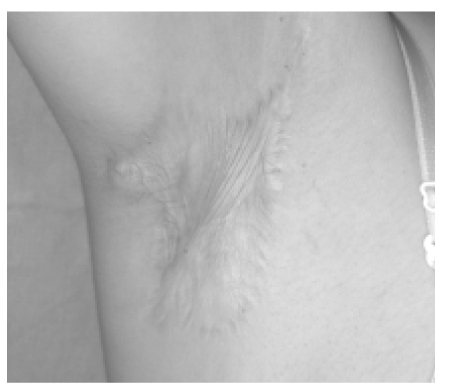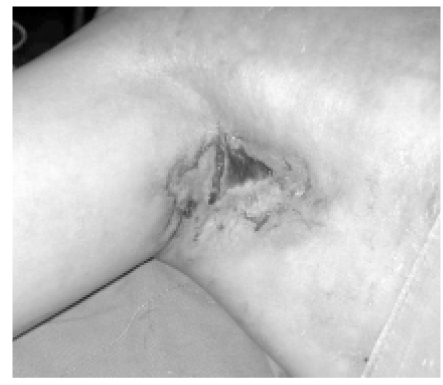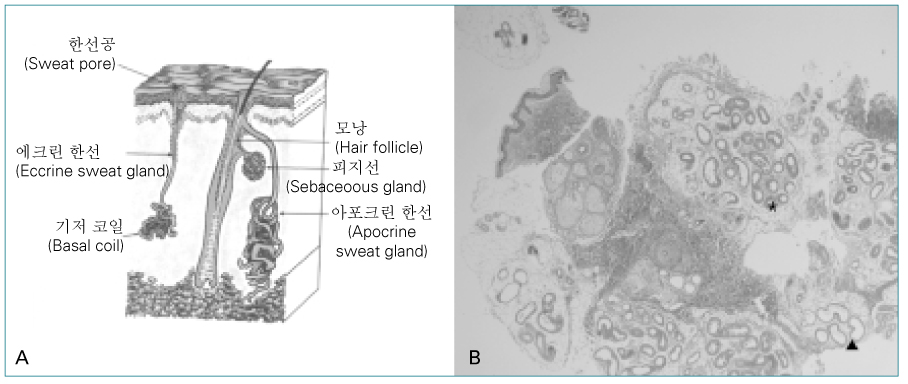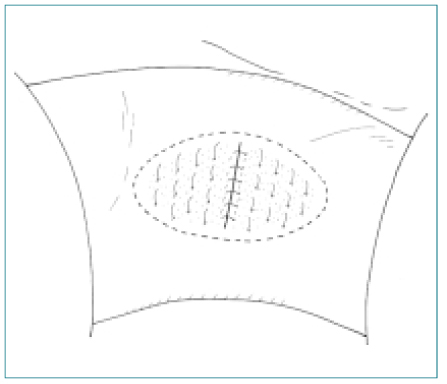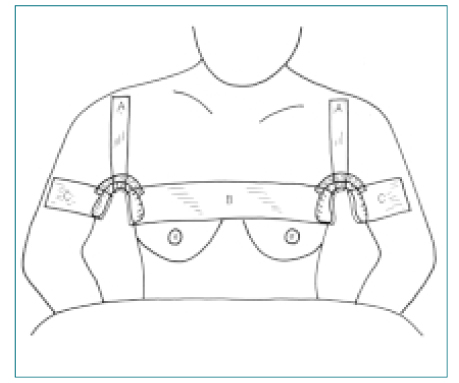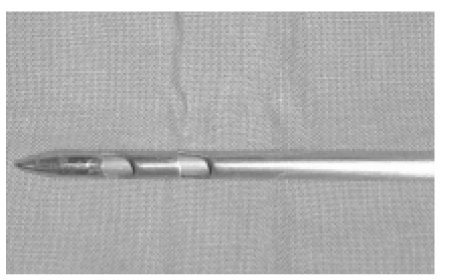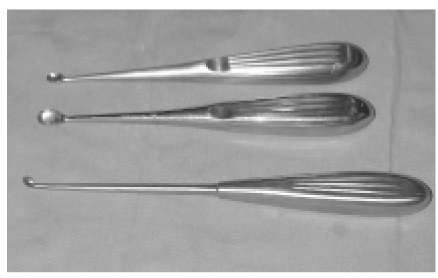J Korean Med Assoc.
2005 Jul;48(7):653-662. 10.5124/jkma.2005.48.7.653.
Surgical Treatment of Axillary Osmidrosis
- Affiliations
-
- 1Plastic and Dermatologic Surgery Clinic, Korea. pscliahn@hotmail.com
- KMID: 2183594
- DOI: http://doi.org/10.5124/jkma.2005.48.7.653
Abstract
- Axillary osmidrosis, also referred to as bromhidrosis, is a condition of excess, abnormal, or strong acrid body odor that typically manifests itself after puberty with the enlargement of apocrine glands. This condition often causes the affected to avoid social settings and personal relationships particularly throughout puberty and into adult life. The surgical objectives for treating axillary osmidrosis are to eliminate malodor and postoperative recurrence, to reduce significant complications such as hematoma and skin flap necrosis causing scarring, to decrease the recovery time, and to reduce the surgical scars. In order to meet the objectives, I recommend to use three surgical methods such as subdermal shaving method with scissors, liposuction and curettage method, and curettage and dermal shaving with manual and electric bone rasp. The subdermal shaving method demands the surgeon to execute meticulous hemostasis in the central axilla. Quilting sutures should be placed to fixate the skin flap to the axillary base to further prevent hematoma and to shorten recovery time. A relatively simple pressure dressing is removed after a couple of days, which will allow the patients to resume their routine daily life. Liposuction and curettage method is used to remove the apocrine glands in the subcutaneous layer. Apocrine and eccrine glands in the lower dermis are removed by dermal shaving with a manual or electric bone rasp or by a suction assisted cartilage shaver.
MeSH Terms
Figure
Reference
-
4. Fan YM, Wa ZH, Li SF, Chen QX. Axillary osmidrosis treated by partial removal of the skin and subcutaneous tissue en bloc and apocrine gland subcision. Dermat Surg. 2001. 40:714–716.
Article7. Lee JC, Kuo HW, Chen CH, Juan WH, Hong HS, Yang CH. Treatment of axillary osmidrosis with suction assisted cartilage shaver. Brit J Plast Surg. 2005. 58:223–227.
- Full Text Links
- Actions
-
Cited
- CITED
-
- Close
- Share
- Similar articles
-
- Effect of the Third and Fourth Chain Sympathicotomy in Axillary Hyperhidrosis Accompanying Osmidrosis
- The Treatment Effects of Ultrasonic Surgical Aspiration for Axillary Osmidrosis
- Minimally Invasive Surgery for Axillary Osmidrosis Using a Combination of Subcutaneous Tissue Removal and a 1,444-nm Nd:YAG Laser
- Treatment of Axillary Osmidrosis with Power- Assisted Lipoplasty(PAL)
- Treatment of Axillary Hyperhidrosis; Manual Subdermal Excision Combined with the Tumescent Liposuction and Subcutaneous Tissue Shaver

